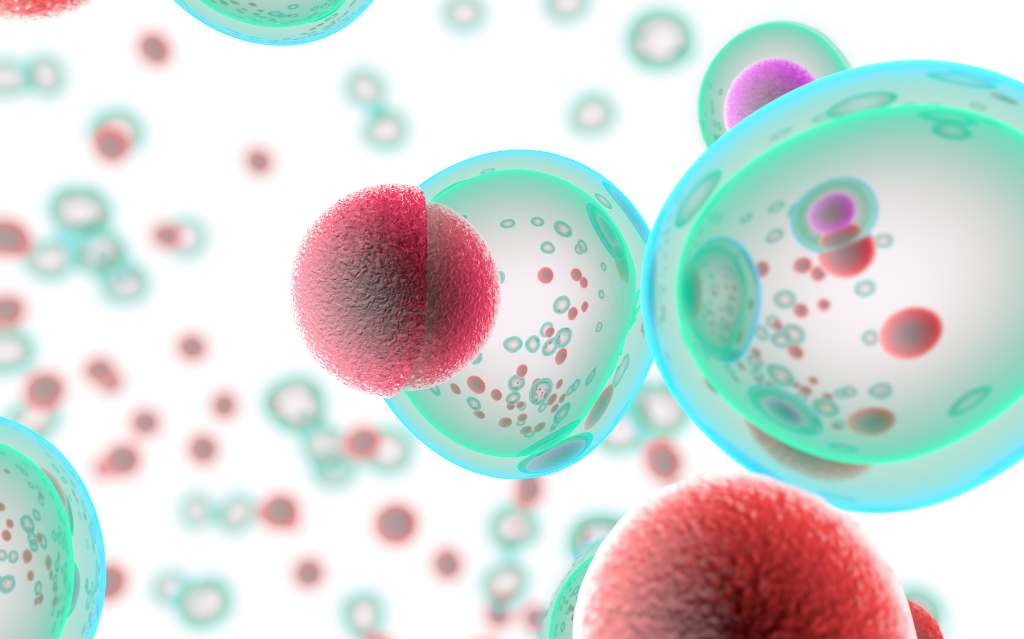
Stem cells represent one of the most fascinating and promising topics in contemporary scientific and medical research. They are an extremely special type of cell because they are primitive, that is, not yet specialized, and therefore capable of transforming into various other types of cells in the human body.
This transformative ability offers enormous potential for regenerative medicine, for the treatment of chronic diseases, or for cell therapy. The extraordinary ability of these cells to regenerate represents hope for being able not only to find therapies that can repair tissue damage but also to regenerate entire injured, diseased, or missing parts of the body.
From the first studies to the present, research has been divided into two areas:
- The study of different types of stem cells and their relative functioning.
- Applications in the medical field.
While never totally separate, both areas of research continue to produce new discoveries.
Stem cells: types and ethics
There are mainly three types of stem cells:
- Totipotent: the most basic stem cells, capable of developing into all differentiated cells of an organism, including extraembryonic tissues.
- Pluripotent: when totipotent cells reach the blastocyst stage, they assume a pluripotent identity, that is, they become capable of differentiating into only each embryonic germ layer (ectoderm, mesoderm and endoderm). These cells are called ESCs, „embryonic stem cells.“
- Multipotent: with time, the ability to differentiate becomes increasingly restricted. Cells become able to transform into only limited types of cells, related to the tissue of origin. These cells, called „adult stem cells,“ are found in almost every specialized tissue in the body.
Adult stem cells are not subject to controversial opinions about their origin unlike ESCs, which are obtained from human embryos.
It is also because of this ethical controversy that the scientific breakthrough achieved by Shinya Yamanka in 2006 caused much talk. His research was able to generate cells that have the same properties and genetic profile as ESCs without being extracted from human embryos. These cells, called iPSCs, have the ability to differentiate into any of the germ layers, like embryonic stem cells, but can be generated from the patient’s own cells. This characteristic makes them extremely promising for applications in autologous transplantation.
Therapies using stem cells
Since 1957, the first bone marrow transplant, to date only a few stem cell-based therapies have come into use. Currently, the approved and most commonly used stem cell treatment is, in fact, bone marrow stem cell transplantation. This therapy is used for blood cancers, such as leukemias and lymphomas, but also for other inherited blood diseases.
Research continues to make strides in developing additional therapies. Currently, the most promising fields are:
- Neurodegenerative diseases: the successful generation of neural cells in vitro has paved the way for current stem cell-based clinical trials targeting neurodegenerative diseases previously considered unrecoverable such as Parkinson’s, Alzheimer’s, amyotrophic lateral sclerosis (ALS) and multiple sclerosis (MS).
- Spinal cord injuries: although transplantation of different forms of stem cells has shown the possibility of repairing some spinal cord injuries, evidence of recovery of function has yet to be established in rigorous clinical trials.
- Eye diseases: many clinical trials currently registered for stem cell therapies involve eye diseases. In 2014, the first clinical trial to implement the use of iPSC-derived retinal cells was successfully performed in Japan. The patient, who suffered from macular degeneration, reported signs of corrected visual acuity of the treated eye without signs of rejection or serious complications.
- Diabetes: both type 1 and type 2 diabetes affect pancreatic β cells; stem therapy aims to replace them using ESCs. Currently, there are a number of ongoing clinical trials revolving around the engraftment of ESC-generated insulin-producing beta cells in a subcutaneous encapsulation device that show positive results in glycemic correction of patients.
The future of stem cells
It is hard to find any disease for which research involving stem cells is not taking place. Estimates predict that stem cell therapies will reach a market value of $928.6 million by 2031, but the field of research is so broad that it is difficult to make reliable predictions.
One of the biggest challenges for the future concerns stem cell production, which is currently still complex, expensive and susceptible to human error. Creating a much simpler, automated and economically sustainable production process will be central to the evolution of research and the discovery of new treatments.


